An exit ticket template is a tool that can add value to your lessons. By using this template, you have the opportunity to find out if the students understood the lessons taught in class or not.
It is a good way of letting you know what you need to work on to help your students fully understand your instructions. There are two kinds of exit tickets you can use for your classroom needs: informal and formal.
Table of Contents
What is an exit ticket?

An exit ticket is a quick assessment given at the end of lessons or activities in online classrooms. It is used to determine if the student has learned the objectives for that lesson, activity, or term. The form of an exit ticket is not important; it can be an answer key on a worksheet, a multiple choice test, a written exam, a webquest, or any other method.
Exit Ticket Templates
Exit Ticket Templates are essential tools for educators to measure student comprehension and feedback at the end of a lesson or class. These templates are designed to provide an effective way for students to reflect on their learning experience and provide teachers with valuable insights into the effectiveness of their teaching methods. They are customizable and can be adapted to suit any educational setting or subject area. With these templates, teachers can easily track student progress, identify areas for improvement, and make adjustments to their teaching strategies to better meet the needs of their students.
How to use an exit ticket template?
Exit tickets can be a great tool for teachers to use in order to make sure the students understand what was learned during the classroom activities. Unfortunately, the work sometimes leaves minimal time to prepare and write up tickets unless you have some additional preparation time. That is why we have developed this printable exit ticket template that can help you.
Exit Ticket templates can allow you to create an assessment in a matter of minutes. Teachers are often pressed for time, and doing more paperwork may seem like it’s taking away from valuable lesson planning and teaching time.
Kids want to know they’re learning and understand what they’re doing. If you have a class of kids that are used to working within an exit ticket template framework, you’ll find them working harder, more engaged, and more focused on learning.
How to create an effective exit ticket
An exit ticket template is a method of assessing whether your students have comprehended the day’s lesson. Exit tickets are frequently used in classes in the United States and are quite common at middle, secondary, and college levels. In order to create an effective exit ticket:
Establish a routine
Students need to know what to expect from an exit ticket and when it will be handed out. Establishing a routine with your students is also important so they know when they should expect their next assignment or test. This ensures that they have enough time to prepare for whatever is coming next.
Post-its or notecards
Students need something tangible to record their answers on so that they are able to work independently during this time. Post-its or note cards are a great option because they can easily be placed into the student’s notebook or binder and reviewed at a later time. You can also choose between loose leaf paper or worksheets depending on how much detail you want students to provide in their response or if there are multiple choice questions you would like them to answer on each post-it.
Use loose-leaf paper instead of worksheets.
Worksheets can be difficult for students to complete and take up valuable time in class, as well as giving them less independence than using loose-leaf paper allows. When using loose-leaf paper, students can complete the assignment independently or collaboratively with other students around them while still using their creativity and imagination when completing the task at hand.
Furthermore, if you do not have enough extra space on your desk or table for all of your students’ work, you could consider asking them to turn their papers over so that they don’t have to worry about writing on both sides, which is another way of ensuring that all.
Scaffold questions
Students should be given appropriate support by using scaffolding questions at the beginning of the lesson. These questions offer students an opportunity to think about what they have learned and predict what they will learn next. This helps them prepare for future activities while also helping them reflect on past learning experiences.
Give your students an opportunity to reflect.
After asking a question, wait for a few seconds before moving on with your lesson plan. This gives students time to think about their response and write it down in their notebooks or workbooks. It also allows you to check if everyone has understood what was being asked before moving on with your lesson plan.
When to use Exit Ticket ?
Educators can use exit tickets weekly or monthly. Using the same exit ticket daily can be boring and frustrating for students. Instead, try to change one or two of the questions. This will not only make your class more engaging, but it will also keep you from making the same mistakes and saying the same things over and over again. Also, consider changing the order of the questions.
If you want to get better at Exit Ticket rubrics for your class, these are some tips for you:
Compiling your data
You don’t have to do this manually all by yourself. Various software programs are available in the market for teachers who want to use this method. You may also opt for online tools such as Poll Everywhere or Google Forms which will generate reports automatically after compiling all the data from each student’s answers.
Using the data for differentiation
You could also use the results of exit tickets to differentiate your instruction. For example, if most of your students had difficulty with a certain concept or skill, then you would know where to focus your attention during the next lesson.
Most teachers know how to differentiate instruction when students need additional help. But differentiated instruction also applies when some students perform at a higher level than others. Differentiation between learners can include different teaching methods and content that is presented at a different paces.
Conclusion
Ultimately, the decision of whether to use an exit ticket is up to the teacher. Teachers can spend time creating these tools or use fill-in-the-blank templates that have already been created. Many teachers find them most useful at the end of a unit or concept being taught, as they can provide valuable insights into how well students have learned the material.
Regardless of which method is used, teachers stand to gain a richer understanding of their students’ comprehension and engagement in class. This information may be used to guide their teaching in the coming days.
FAQs
How do I make my own exit ticket?
To make your own exit ticket, create a small slip of paper or card with 3-5 questions related to the lesson. Questions can review key concepts, assess student understanding, or gather feedback. Leave space for students to write short responses.
What do you write on an exit ticket?
Exit tickets typically ask students to summarize the main idea, describe what they learned, explain how they’ll use the information, identify remaining questions, or rate their understanding. You can also ask opinion questions to gather feedback.
Can an exit ticket be a worksheet?
Yes, you can create an exit ticket worksheet with questions tailored to the lesson objectives. Leave the last 5-10 minutes of class for students to complete it before they leave, or assign it as brief homework.
What kinds of questions should I avoid on exit tickets?
Avoid yes/no questions or anything too complex or time consuming. Keep it short and simple. Don’t use exit tickets to introduce new concepts or materials.
How can technology be incorporated into exit tickets?
Digital exit tickets can be created using Google Forms, Microsoft Forms, or online quiz tools. Students can complete on devices or you can print reports. This gives instant feedback.
What are some alternatives to written exit tickets?
Oral exit ticket discussions, whiteboard responses, and even kinesthetic gestures like thumbs up/down or hand signals can replace written tickets. As long as they provide closure and check understanding.





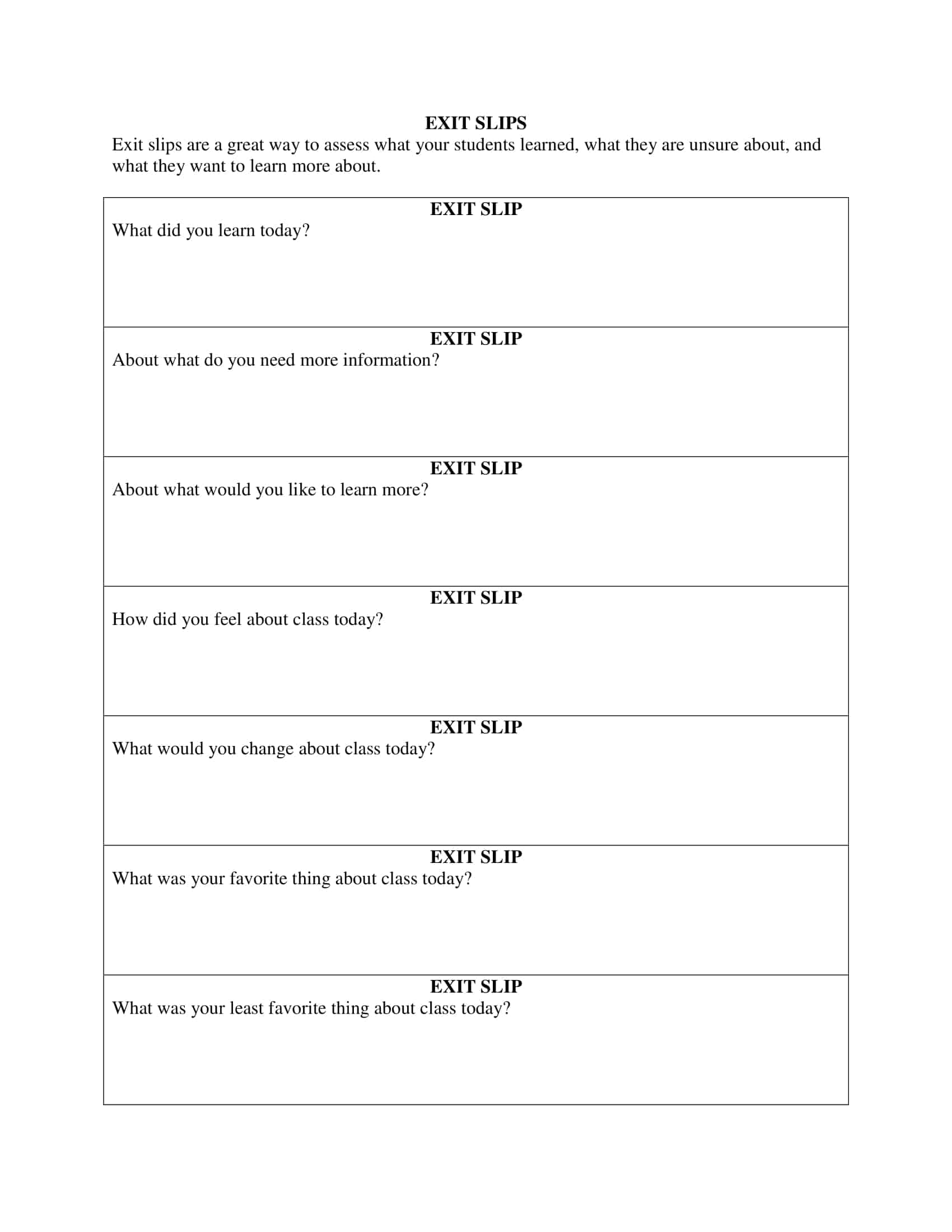

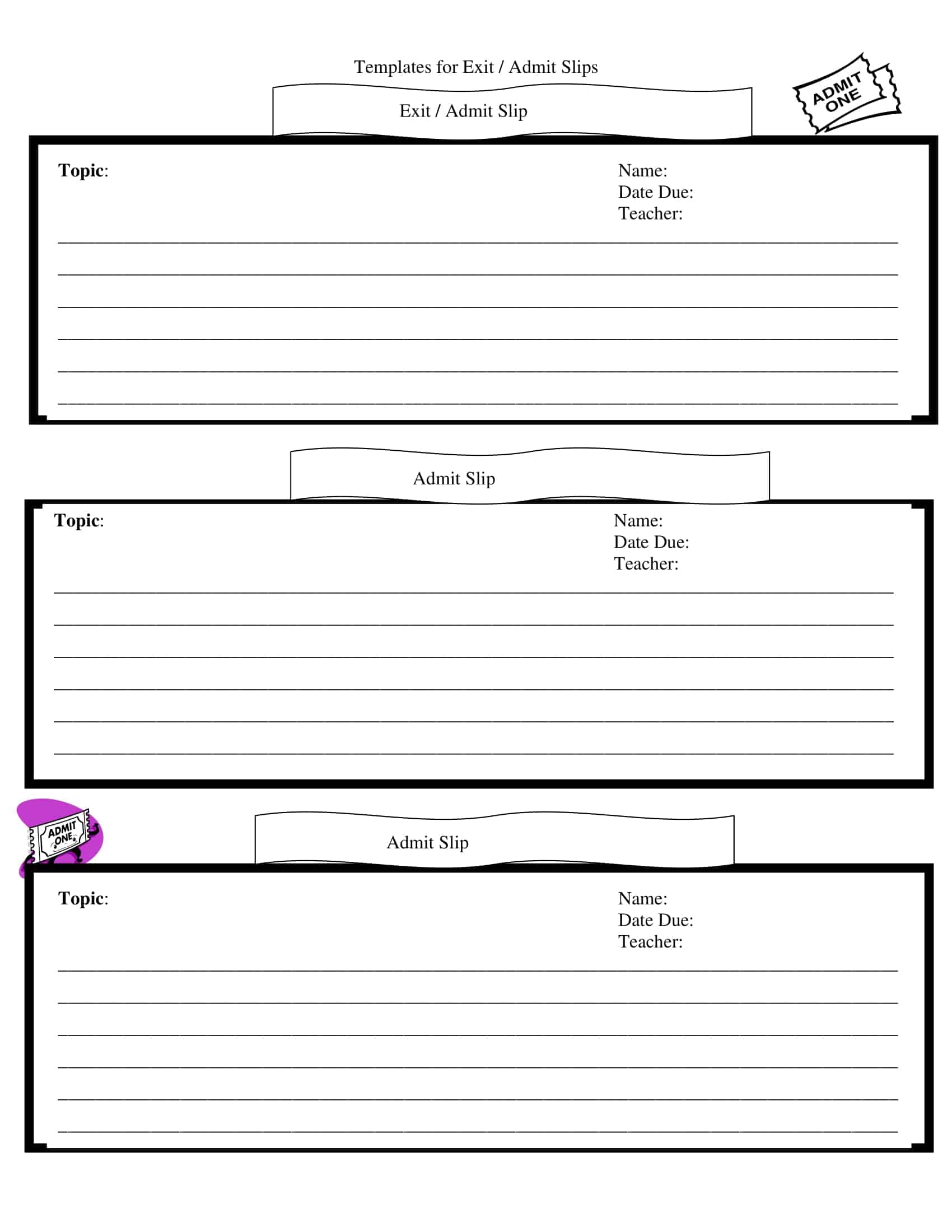









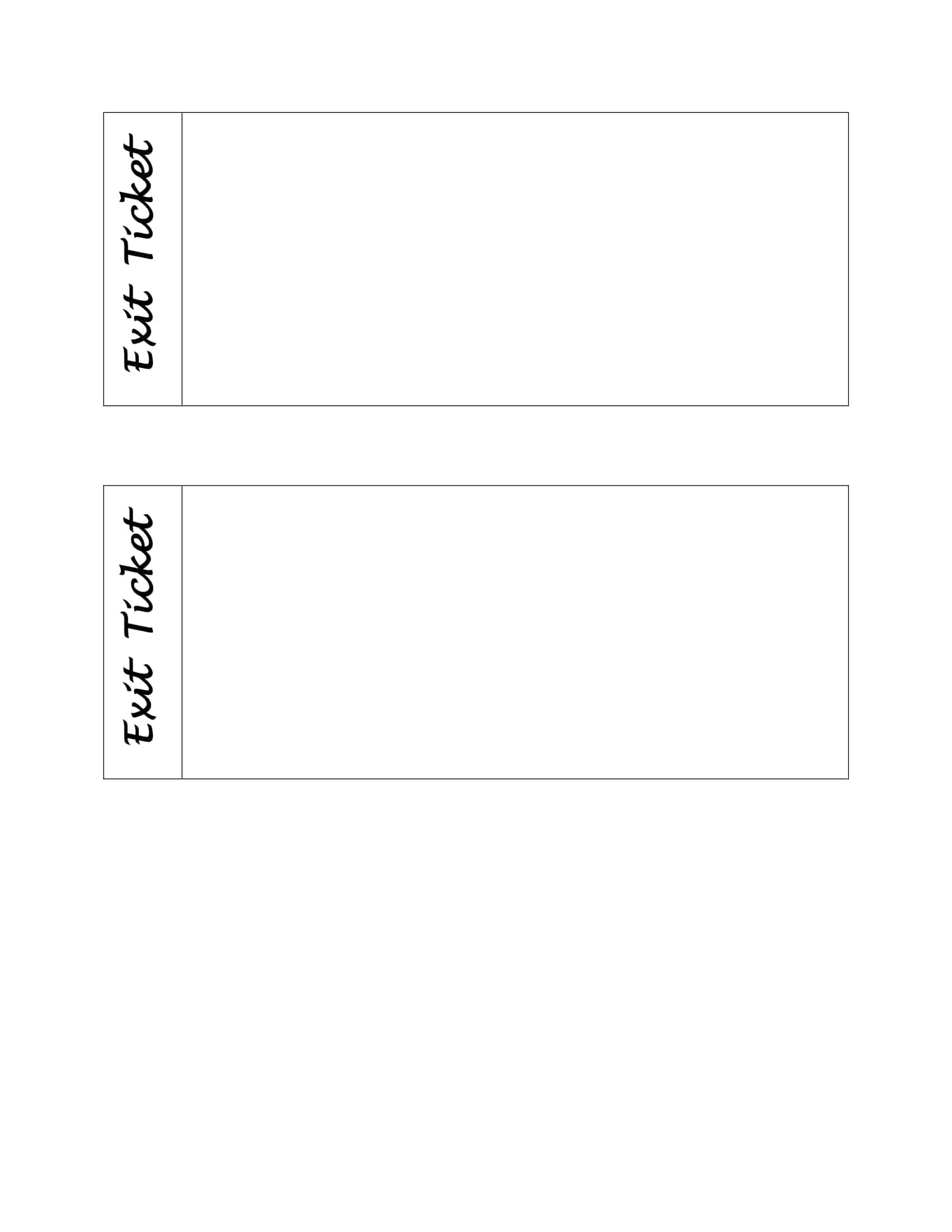











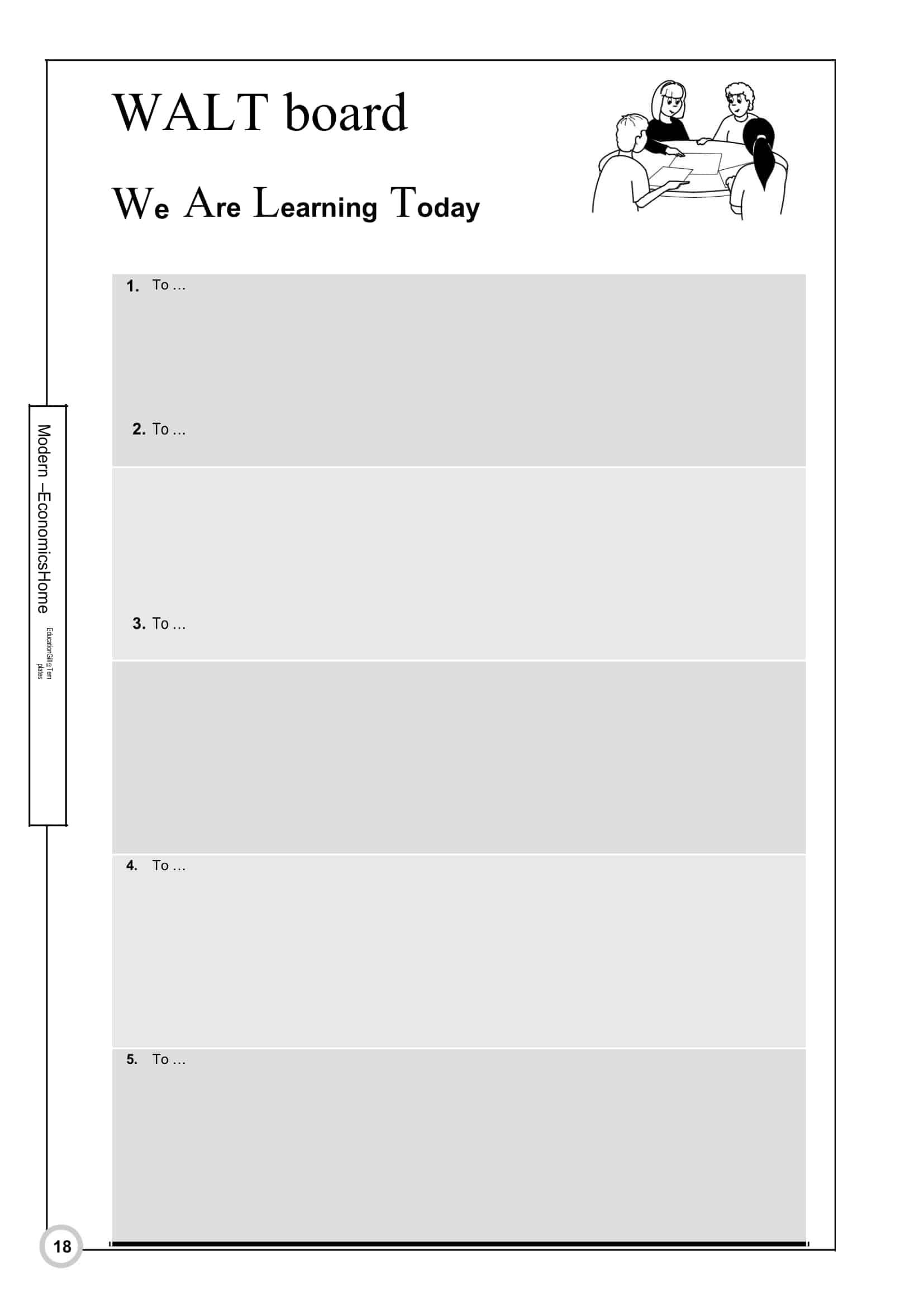
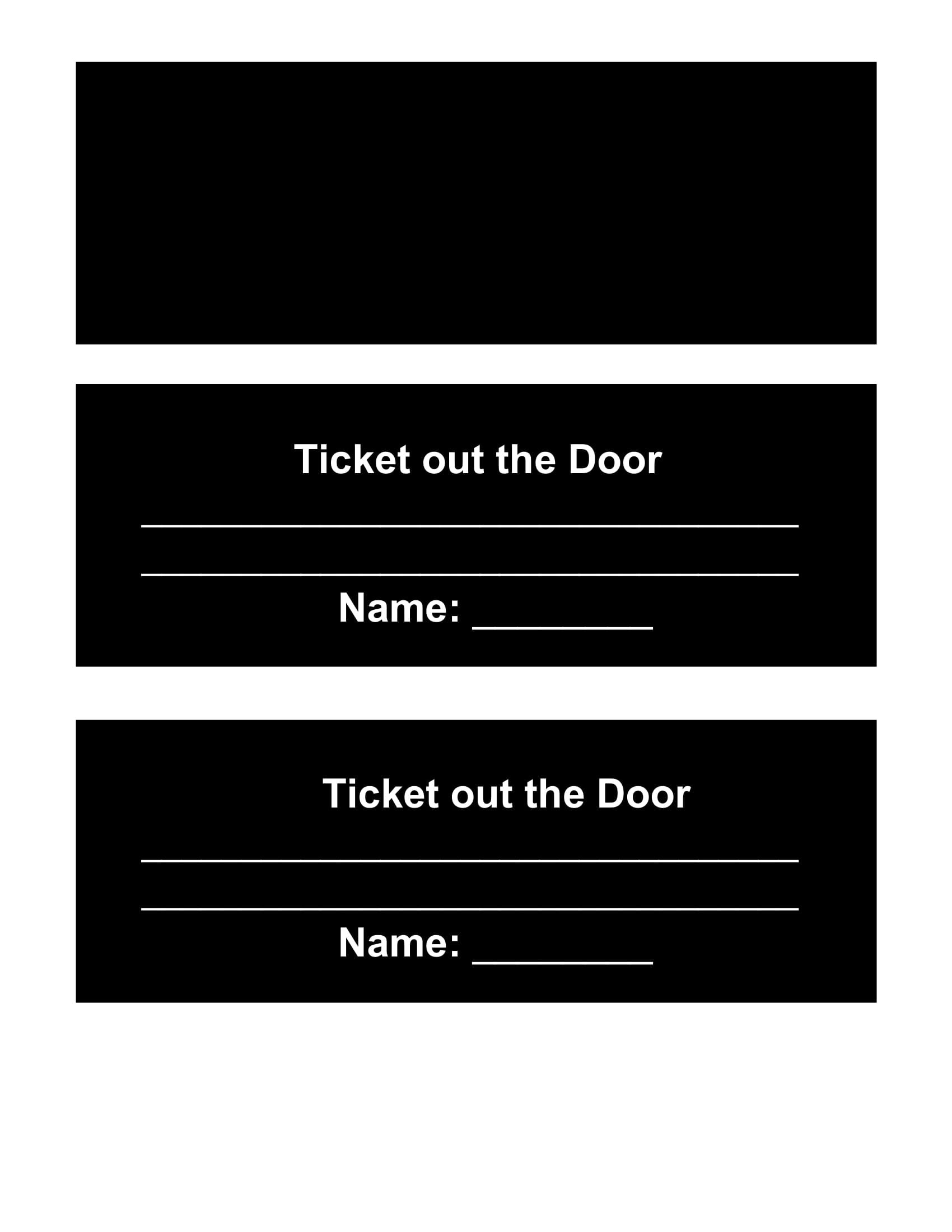

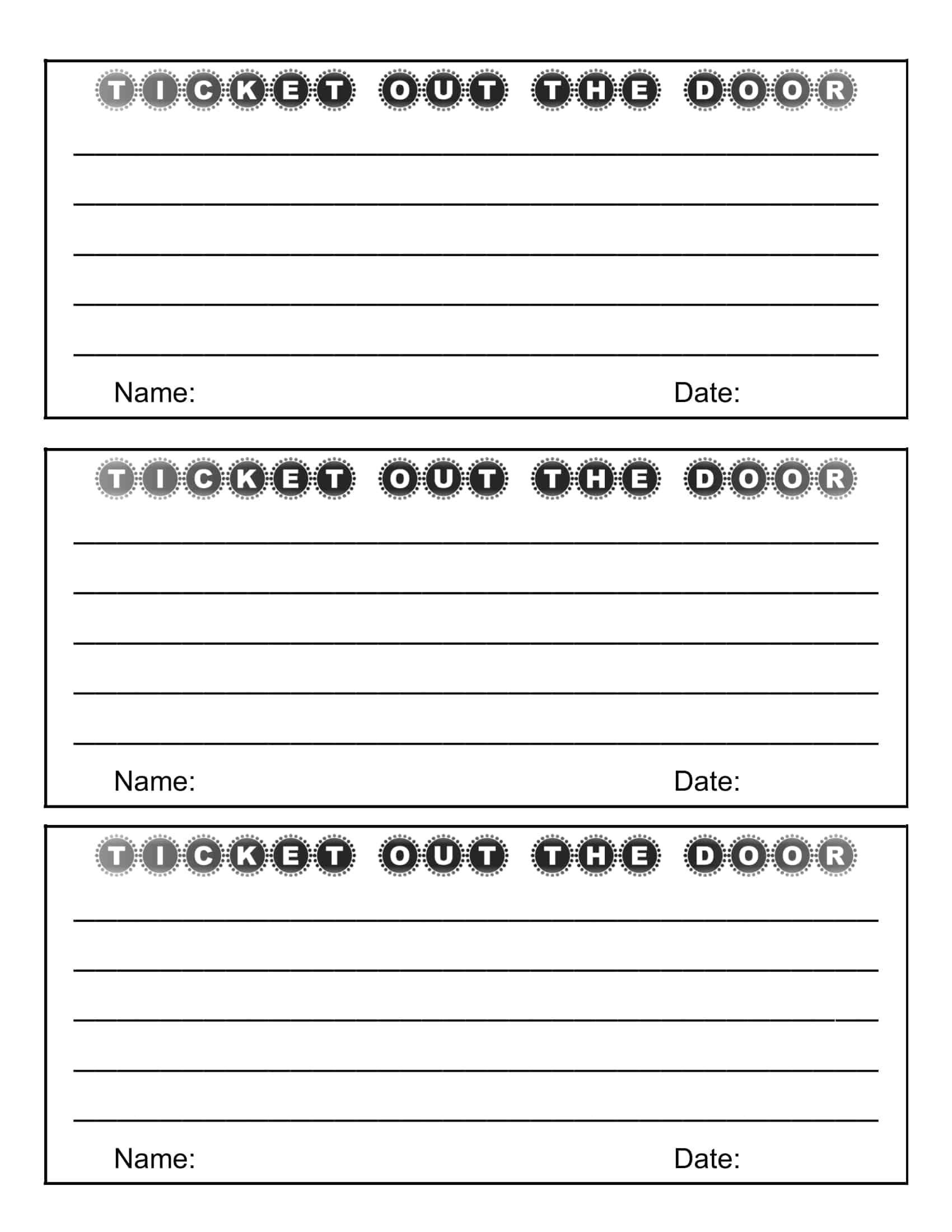
![Free Printable Roommate Agreement Templates [Word, PDF] 1 Roommate Agreement](https://www.typecalendar.com/wp-content/uploads/2023/06/Roommate-Agreement-150x150.jpg)
![Free Printable Credit Card Authorization Form Templates [PDF, Word, Excel] 2 Credit Card Authorization Form](https://www.typecalendar.com/wp-content/uploads/2023/06/Credit-Card-Authorization-Form-150x150.jpg)
![Free Printable Stock Ledger Templates [Excel,PDF, Word] 3 Stock Ledger](https://www.typecalendar.com/wp-content/uploads/2023/08/Stock-Ledger-150x150.jpg)
